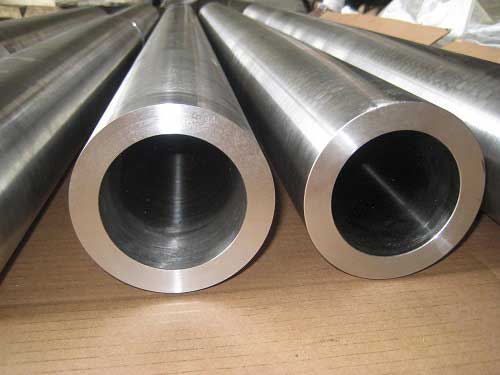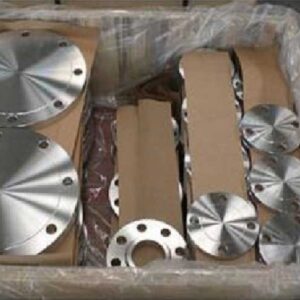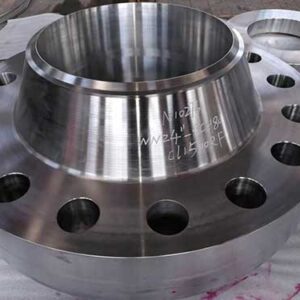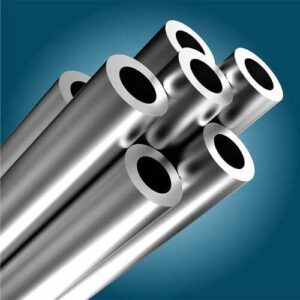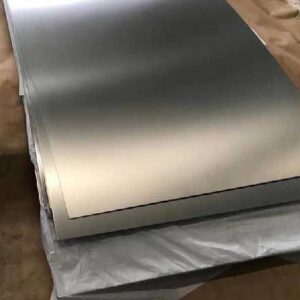Description
Hastelloy C-4/UNS N06455
Material grades and equivalents Hastelloy C-4/UNS N06455 / AFNOR NC16D16M
Hastelloy C-4 Chemical compostion:
% |
Ni |
Cr |
Mo |
Fe |
C |
Mn |
Si |
Co |
S |
P |
Ti |
Min. |
65 |
14 |
14 |
||||||||
Max. |
18 |
17 |
3 |
0.01 |
1 |
0.08 |
2 |
0.01 |
0.025 |
0.7 |
Hastelloy C-4 Physical properties:
Density |
8.64 g/cm3 |
Melting point |
1350-1400 ℃ |
Hastelloy C-4 Alloy minimum mechanical properties in the room temperature:
Alloy |
Tensile strengthRm N/mm2 |
Yield strengthRP0.2N/mm2 |
ElongationA5 % |
Hastelloy C-4 |
783 |
365 |
55 |
-
Hastelloy C-4 alloy is a nickel-chromium-molybdenum alloy with outstanding high-temperature stability as evidenced by high ductility and corrosion resistance even after aging in the 1200 to 1900°F (649 to 1038°C) range. This alloy resists the formation of grain-boundary precipitates in the weld heat-affected zone, thus making it suitable for most chemical process applications in the as-welded condition. C-4 alloy also has excellent resistance to stress-corrosion cracking and to oxidizing atmospheres up to 1900°F (1038°C).
-
Hastelloy C-4 alloy has exceptional resistance to wide variety of chemical process environments. These include hot contaminated mineral acids, solvents, chlorine and chlorine contaminated media (organic and inorganic), dry chlorine, formic and acetic acids, acetic anhydride, and seawater and brine solutions.
-
Hastelloy C-4 alloy can be forged, hot-upset, and impact extruded. Although the alloy tends to work-harden, it can be successfully deep-drawn, spun, press formed or punched. All of the common methods of welding can be used to weld HASTELLOY C-4 alloy, although theoxy-acetylene and submerged arc processes are not recommended when the fabricated item is intended for use in corrosion service. Special precautions should be taken to avoid excessive heat input.
Specifications:
Sheet, Plate & Strip |
SB 575/B 575(P= 43) |
Billet, Rod & Bar |
SB 574/B 574(P= 43) |
Bare Welding Rods & Wire |
SFA 5.14/ A 5.14(ERNiCrMo-7)DIN2.4611(SG-NiMo16Cr16Ti)(F= 43) |
Seamless Pipe & Tube |
SB 622/B 622(P= 43) |
Welded Pipe & Tube |
SB 619/B 619;SB 626/B 626(P= 43) |
Fittings |
SB 366/B 366(P= 43) |

